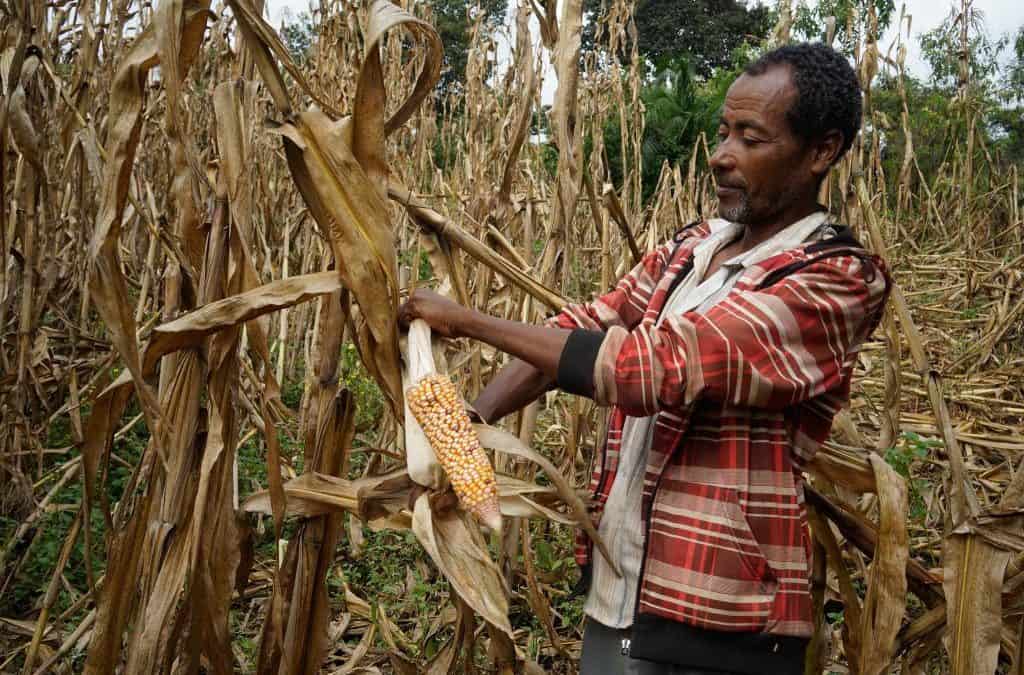Reducing high yield gaps with decision-support apps
The Taking Maize Agronomy to Scale (TAMASA) project aims to narrow maize yield gaps in Ethiopia, Nigeria and Tanzania through the development and scaling out of decision-support tools, which provide site-specific recommendations based on information held in crop and soil databases collected from each country. These help farmers to make decisions based on more accurate variety and fertilizer recommendations, and can contribute to improving maize production and productivity.
The post Reducing high yield gaps with decision-support apps appeared first on CGIAR.
January 15, 2019
International Maize and Wheat Improvement Center (CIMMYT)





